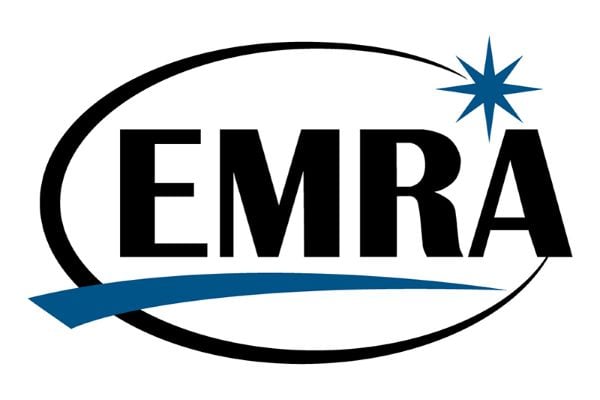Verbal De-Escalation Pearls to Reduce Violence in the ED
The Wellness Committee hosted members of the New York City Fire Department during the spring 2020 committee meeting, held in conjunction with CORD Academic Assembly.
Use these pearls from the FDNY to de-escalate potentially violent situations in the ED.
- Recognize the stages of a potentially escalating situation: Pre-crisis → Critical Event → Crisis → De-escalation
- If we can intervene immediately after the critical event, we may be able to skip the crisis!
- Understand the Situation
- Why is the person aggressive?
- Are they scared? In pain? Altered mental status? Or are they trying to intimidate/injure?
- When Interacting
- Be aware and intentional with:
- Your body language: posture, crossing of arms, hands in pockets
- Tone of your voice
- Phrasing of your questions
- Try to sit at their level to maintain eye contact in a neutral position
- If you can’t sit, be cognizant of where you are standing, especially with an agitated person
- Stand to the side, instead of directly over or in front of the person
- Position yourself between the person and the door (have an escape route in mind)
- Keep your stethoscope and break-away ID lanyards in your pockets
- Be aware and intentional with:
- General Tips for Interviewing a Patient
- Let the conversation be 80% patient: 20% clinician
- Remember that 1 negative interaction may outweigh many positive one
- You don’t get a second chance to make a first impression!
- Set boundaries, and have a (silent) plan for if/when they are crossed
- Recommended Reading
- Verbal Judo: The Gentle Art of Persuasion, by George J. Thompson, PhD, and Jerry B. Jenkins
- Meditations on Violence: A Comparison of Martial Arts Training & Real World Violence, by Rory Miller
FURTHER INFORMATION
Find more resources at No Silence on ED Violence, a campaign by ACEP and the Emergency Nurses Association to improve workplace safety for emergency personnel.





